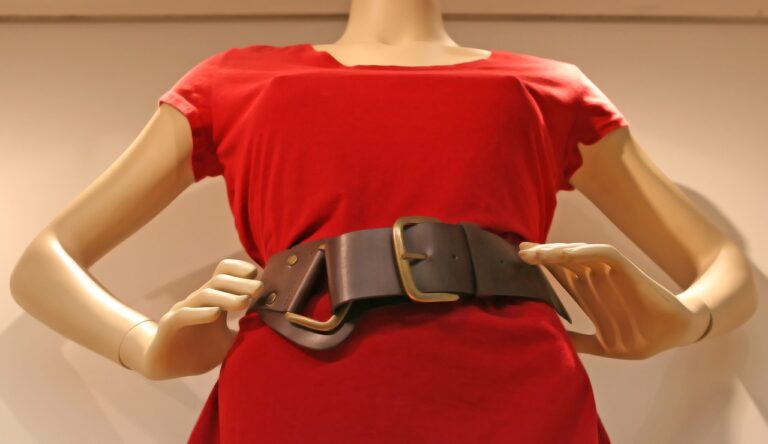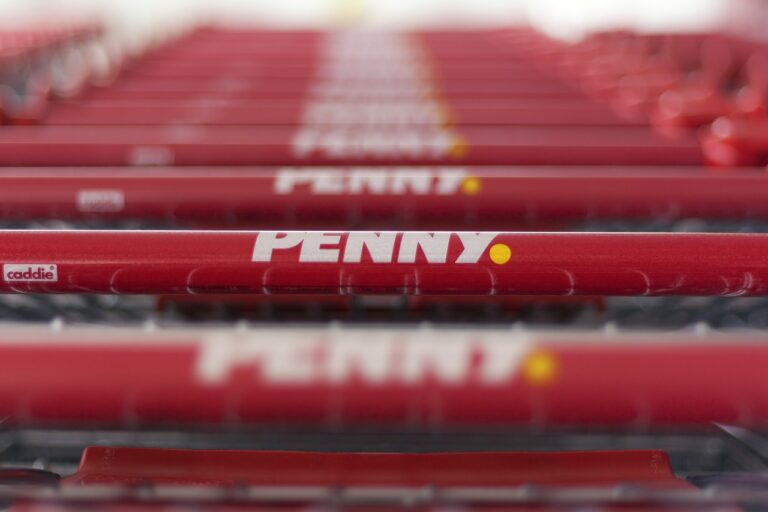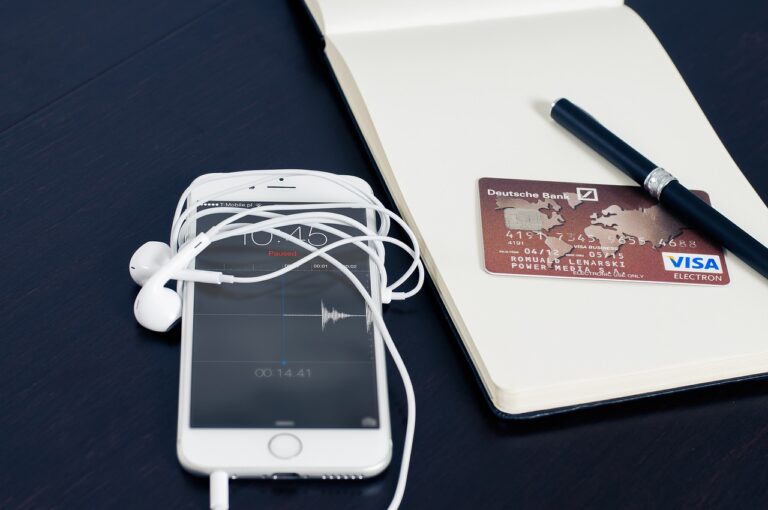The Resurgence of Brick-and-Mortar Stores in the Digital Age
When it comes to physical shopping experiences, one of the key benefits is the ability to see and touch products before making a purchase. This hands-on approach allows consumers to better evaluate the quality and suitability of items, leading to more informed buying decisions. Furthermore, interacting with products in person can enhance the overall shopping experience by providing a sense of immediacy and satisfaction.
Another advantage of traditional brick-and-mortar stores is the opportunity for social interaction. Shopping in physical stores allows individuals to engage with sales associates and fellow shoppers, creating a sense of community and human connection. This social aspect of shopping can enhance the overall experience and make the process more enjoyable and meaningful for customers.
Adaptations Made by Brick-and-Mortar Stores
In response to the rise of online shopping, brick-and-mortar stores have been making significant adaptations to enhance the in-store experience for customers. One common adaptation is the integration of technology solutions, such as interactive displays and mobile checkout options, to streamline the shopping process and make it more convenient for shoppers.
Moreover, many traditional retailers have started emphasizing the importance of creating experiential spaces in their stores. By hosting workshops, events, or offering personalized styling services, brick-and-mortar stores are aiming to provide customers with a unique and memorable shopping experience that cannot be replicated online. These adaptations not only help drive foot traffic to physical stores but also foster a sense of community and customer loyalty.
Integration of Technology in Traditional Retail
Many traditional retail stores are embracing technology to enhance the shopping experience for their customers. One common strategy is the implementation of smart mirrors in dressing rooms, allowing shoppers to view different color options or sizes without leaving the room. These mirrors also often come equipped with touch screens, providing product information and even suggesting complementary items.
In addition to smart mirrors, retailers are increasingly using beacon technology to send personalized offers or product recommendations to customers’ smartphones based on their location within the store. This not only drives engagement but also helps stores track customer behavior and preferences, leading to more targeted marketing strategies.
• Smart mirrors in dressing rooms allow customers to view different color options or sizes without leaving the room
• Touch screens on smart mirrors provide product information and suggest complementary items
• Beacon technology sends personalized offers or recommendations to customers’ smartphones based on their location within the store
• Personalized offers drive engagement and help stores track customer behavior and preferences for targeted marketing strategies
How can traditional retail stores benefit from incorporating technology?
By integrating technology, traditional retail stores can enhance the overall shopping experience, gather valuable data on customer preferences, streamline operations, and stay competitive in the digital age.
What are some examples of adaptations made by brick-and-mortar stores to incorporate technology?
Some examples include implementing mobile point-of-sale systems, offering click-and-collect services, using virtual reality for interactive product displays, and utilizing customer tracking technology to personalize the shopping experience.
How can traditional retail stores strike a balance between physical shopping experiences and technology integration?
Traditional retail stores can strike a balance by focusing on enhancing the in-store experience with technology, rather than replacing it. This can include incorporating interactive displays, implementing contactless payment options, and providing personalized recommendations based on customer data.
How does the integration of technology in traditional retail benefit customers?
Customers benefit from the integration of technology in traditional retail by enjoying a more personalized shopping experience, having access to a wider range of products through online channels, and experiencing greater convenience through services like click-and-collect and mobile payments.







